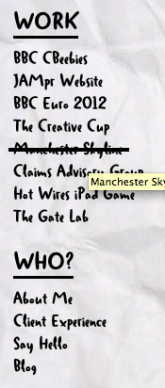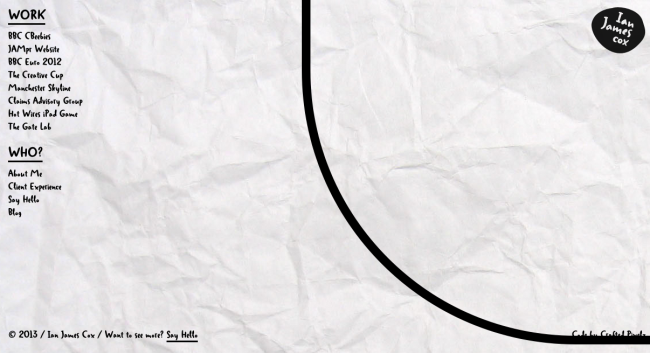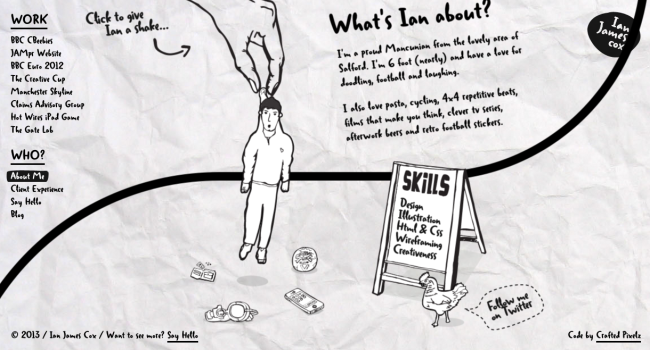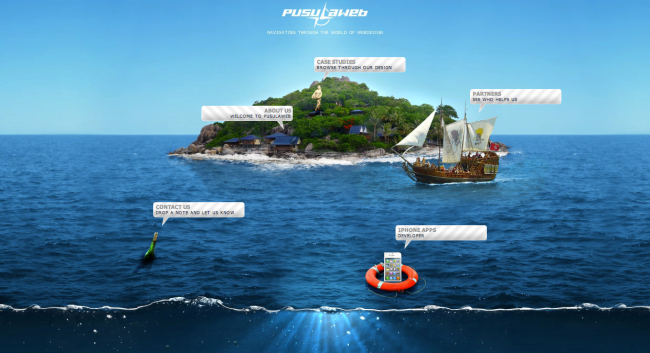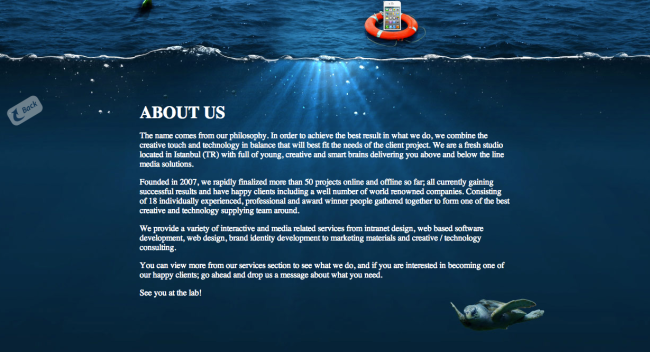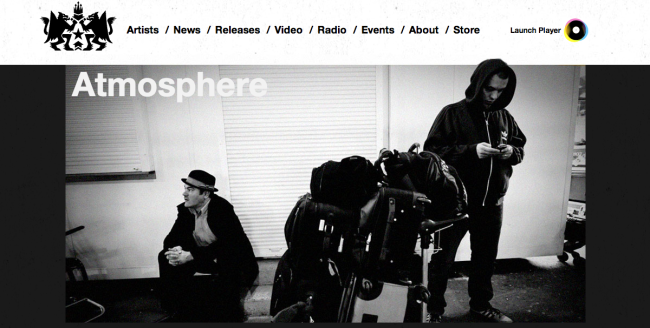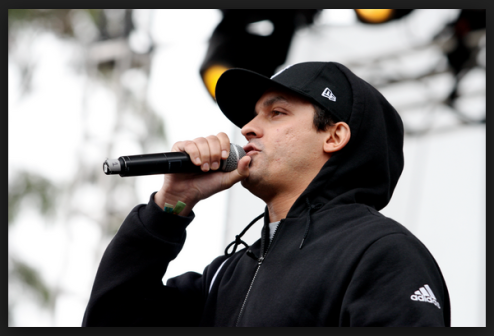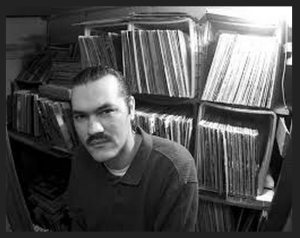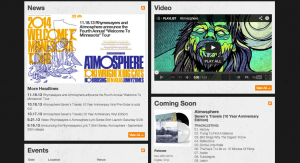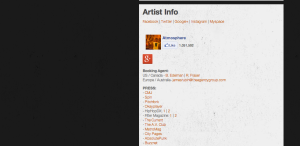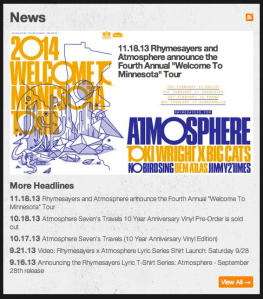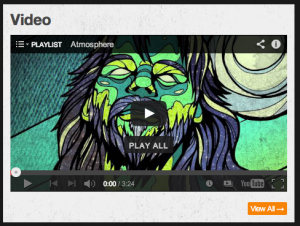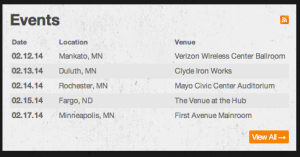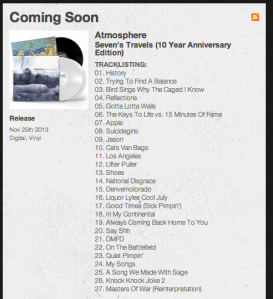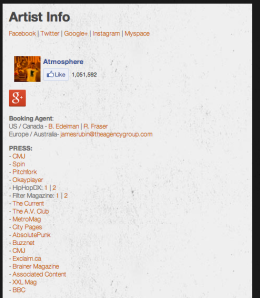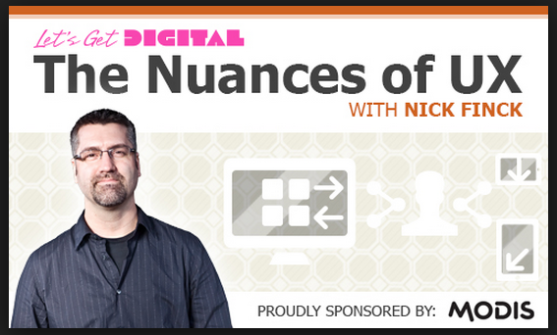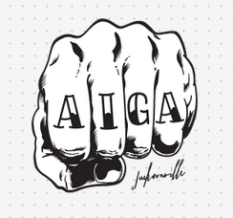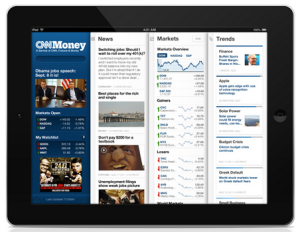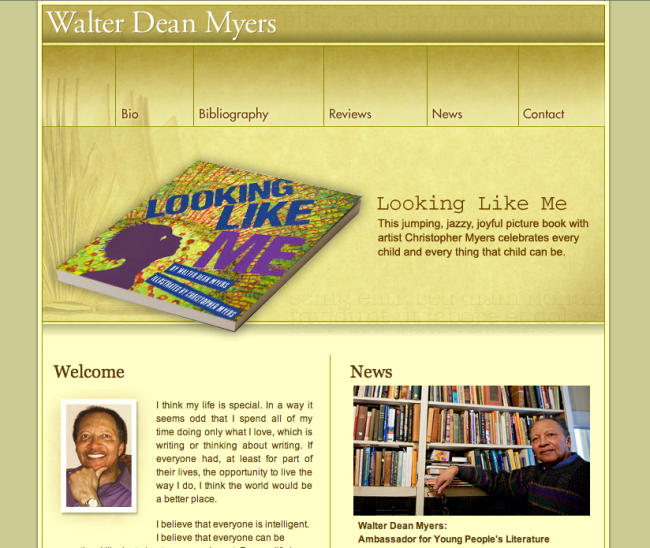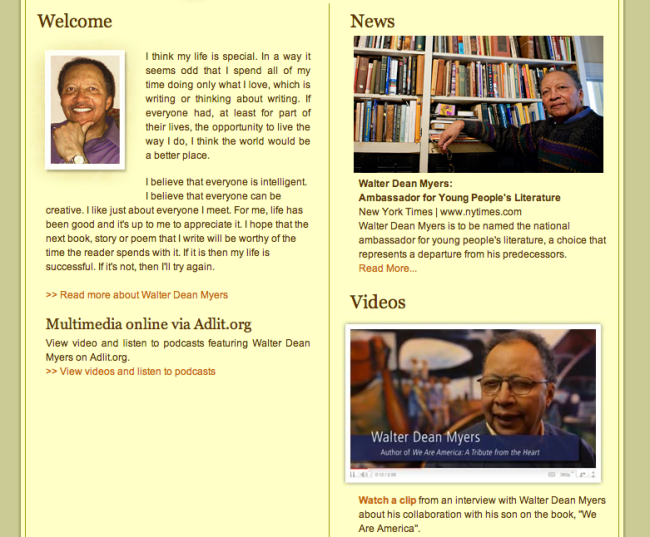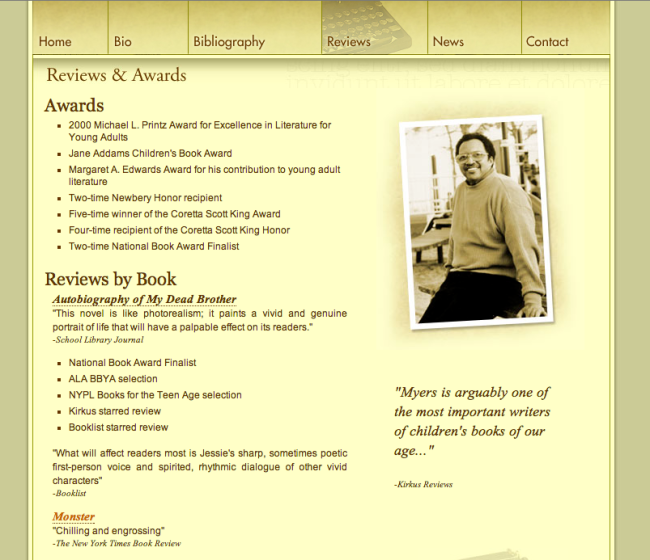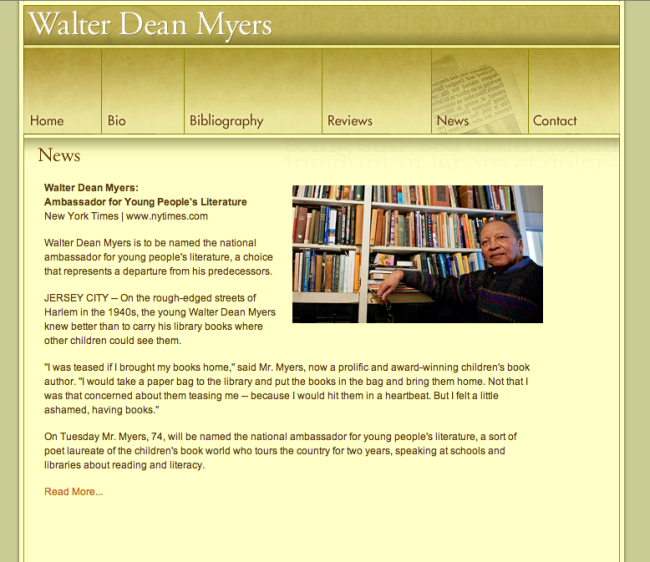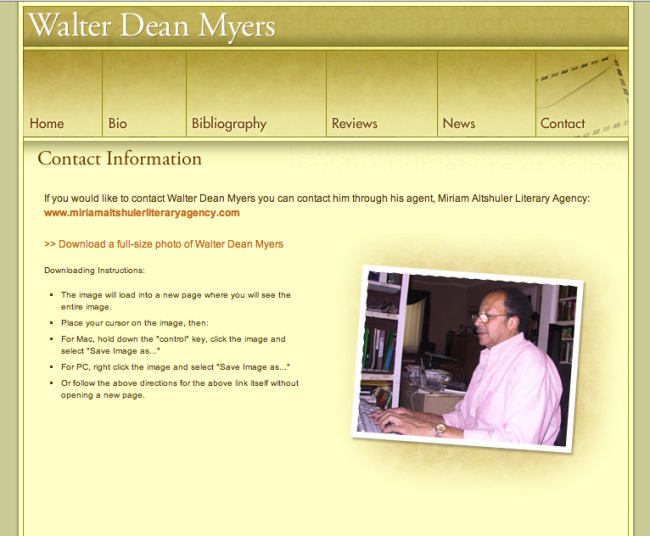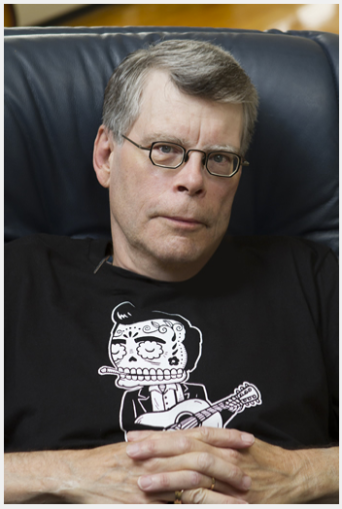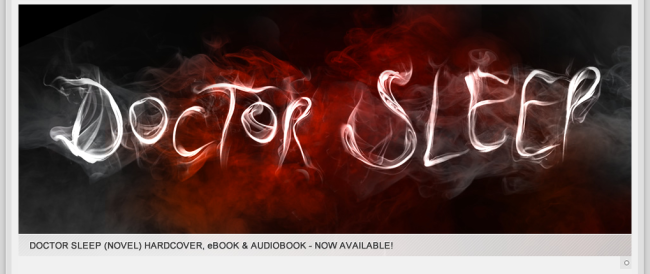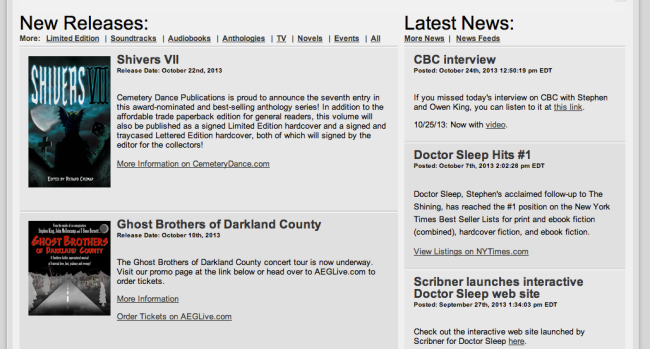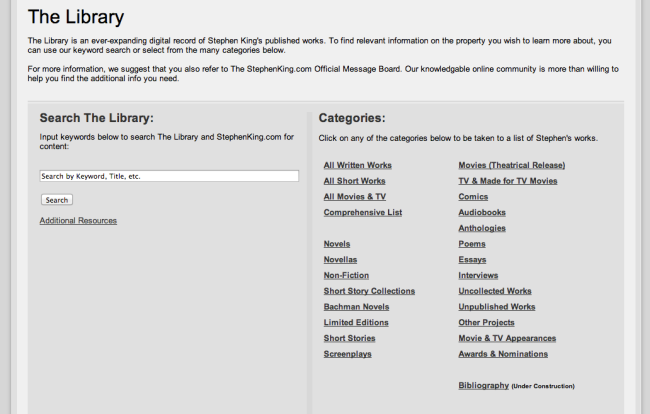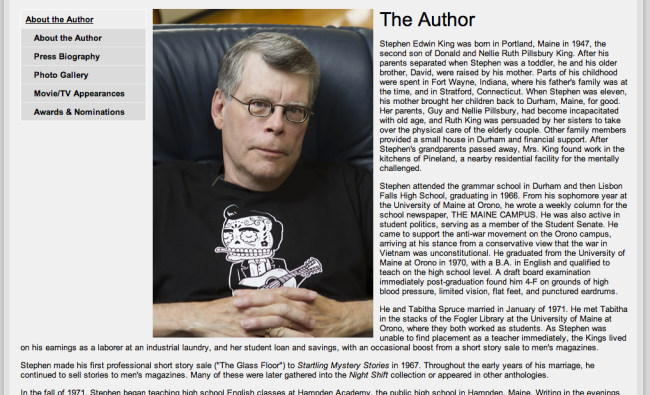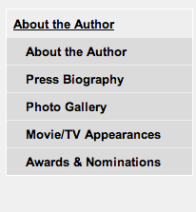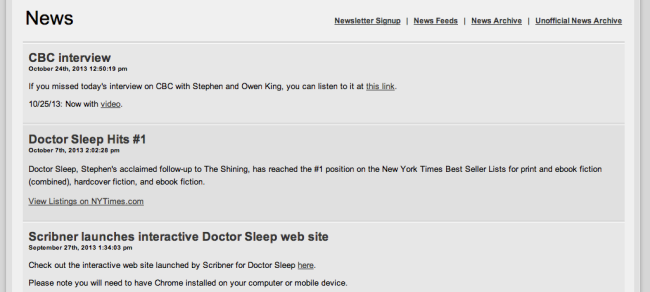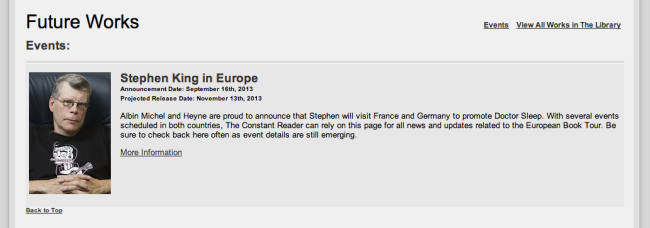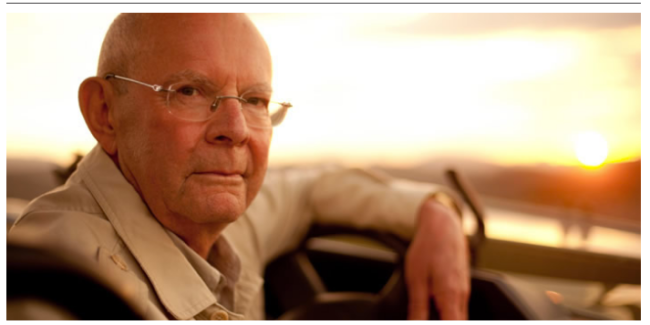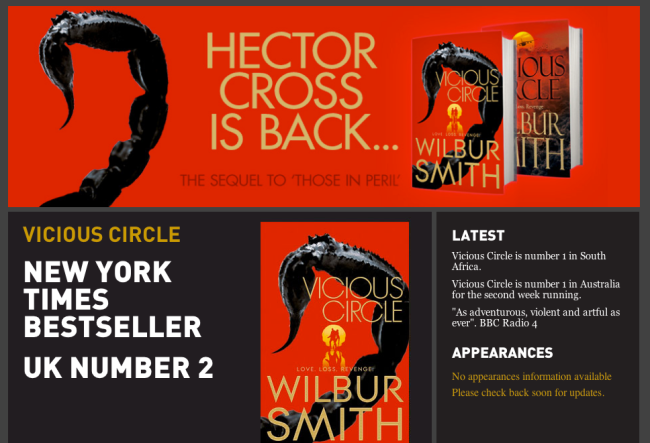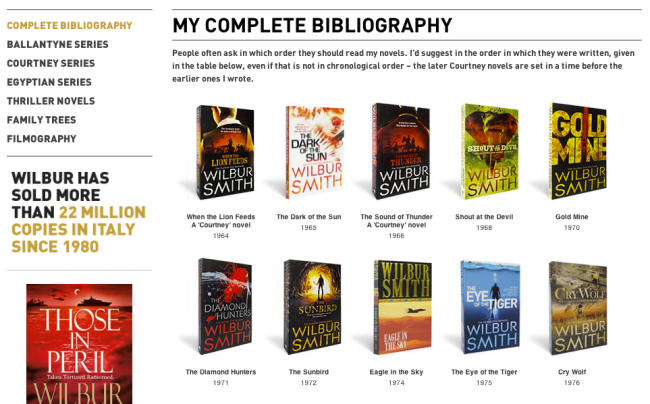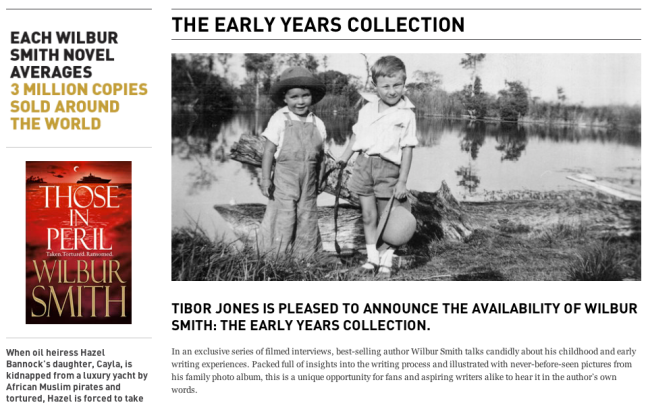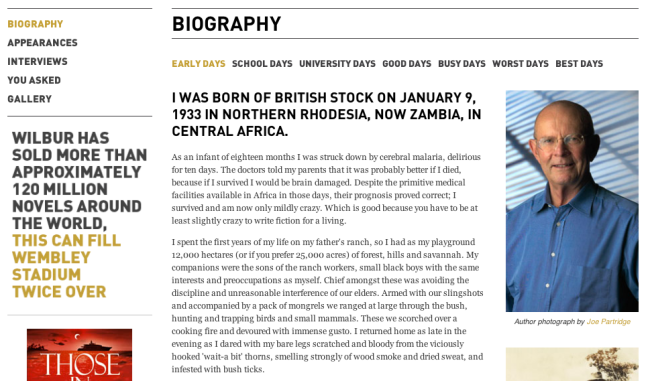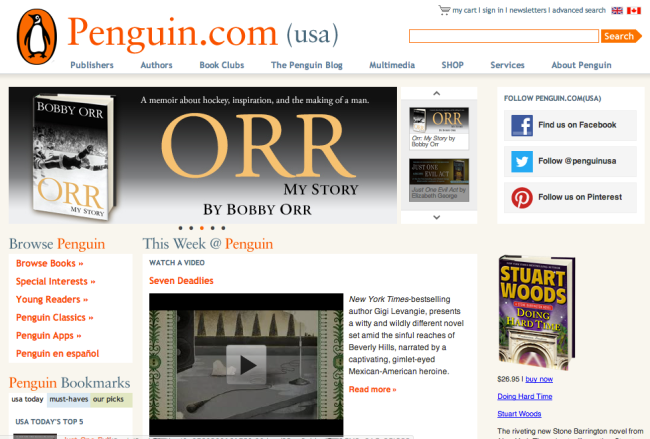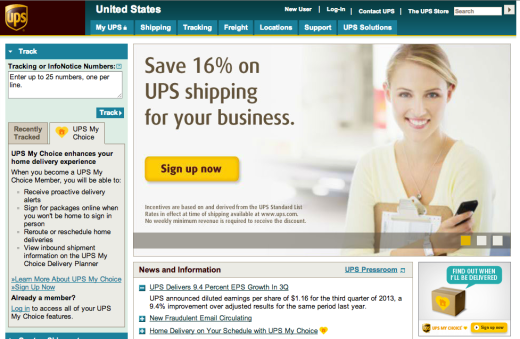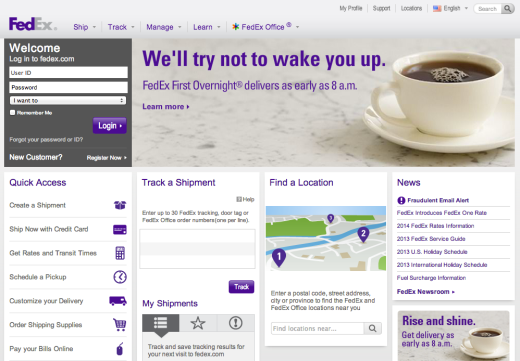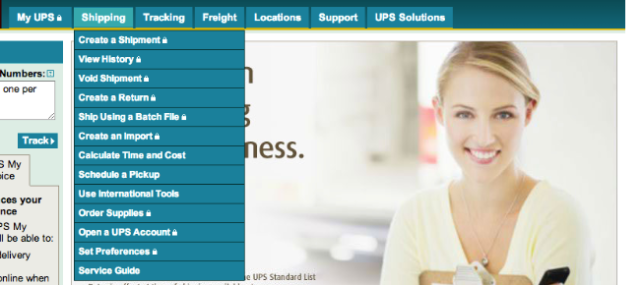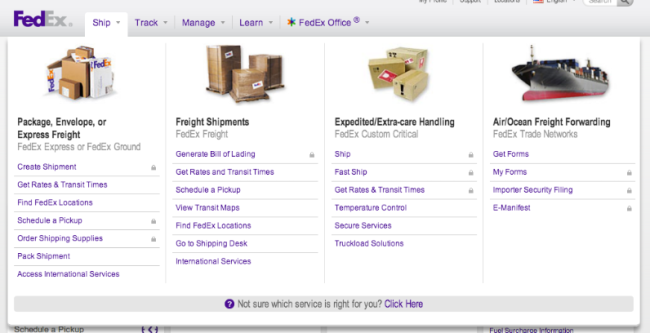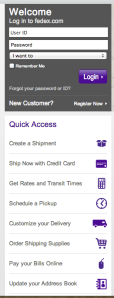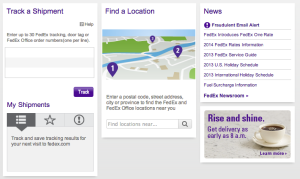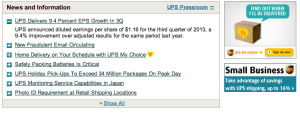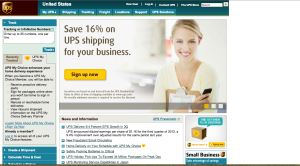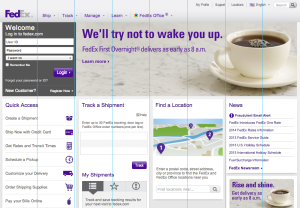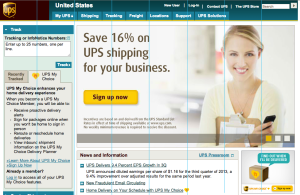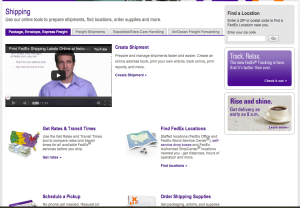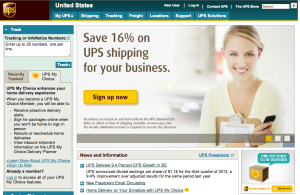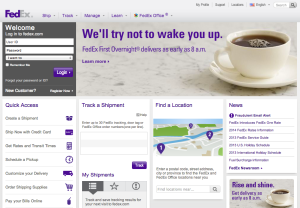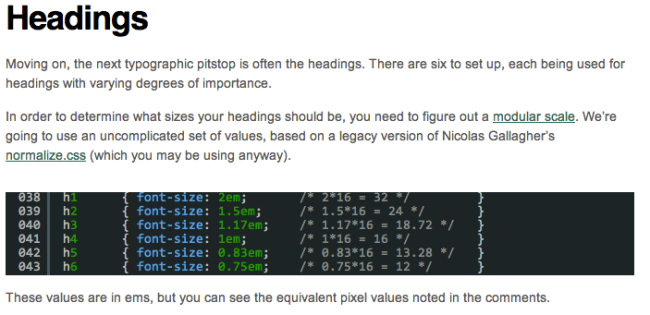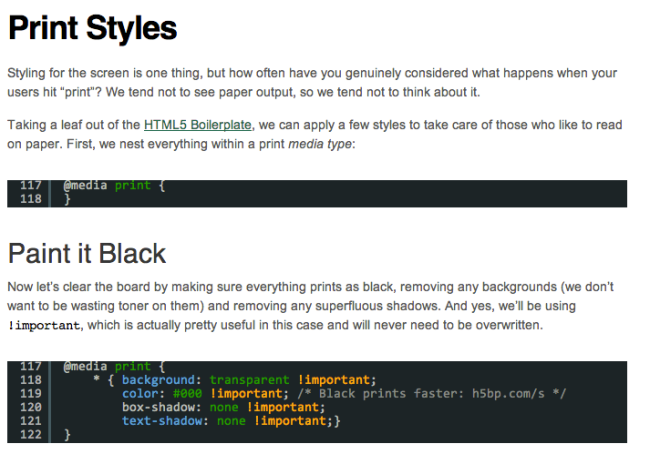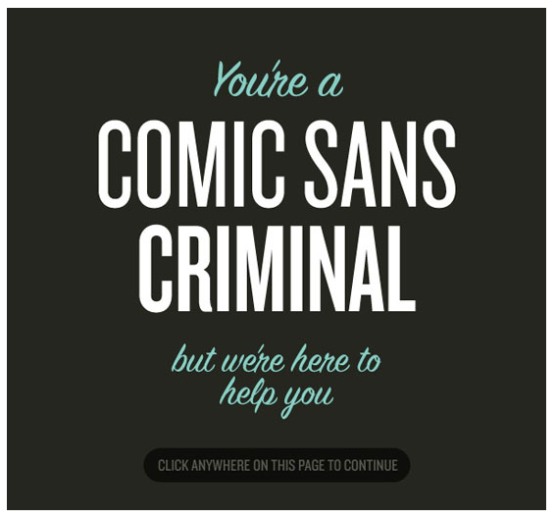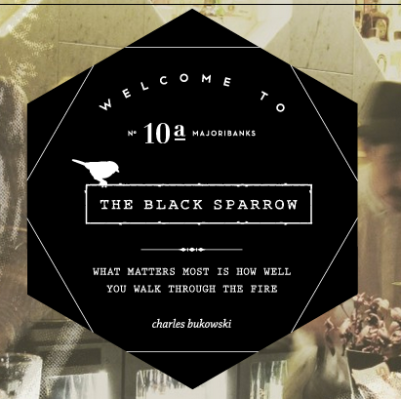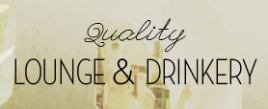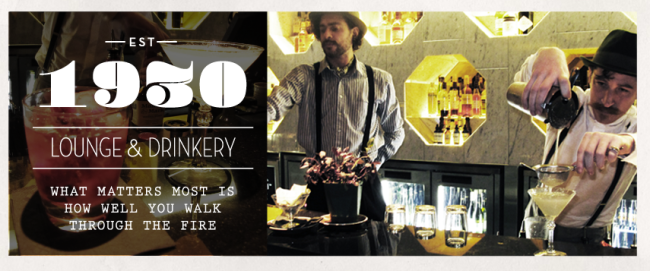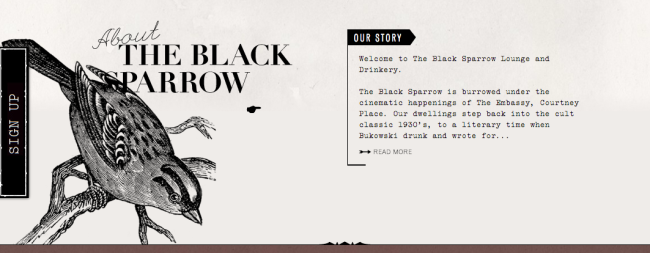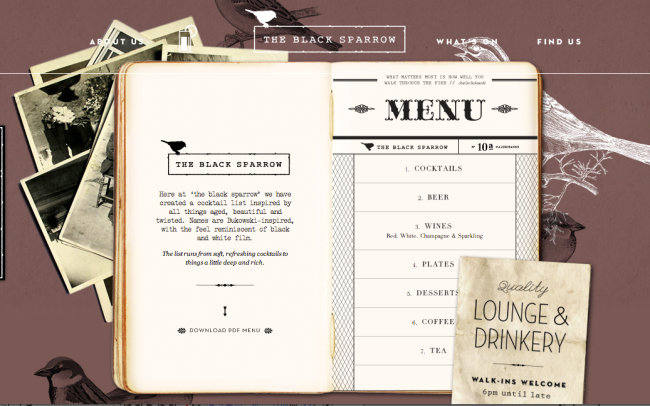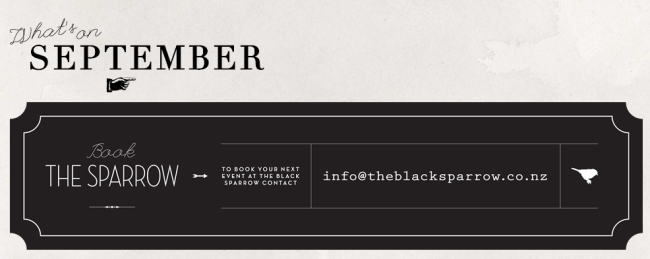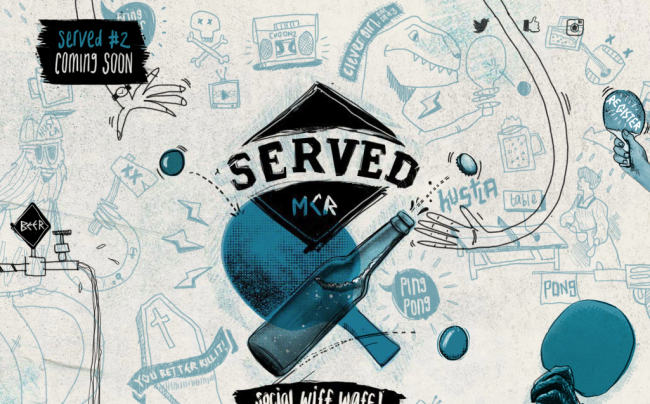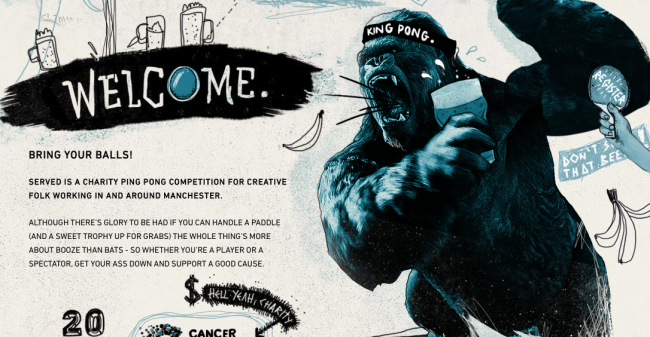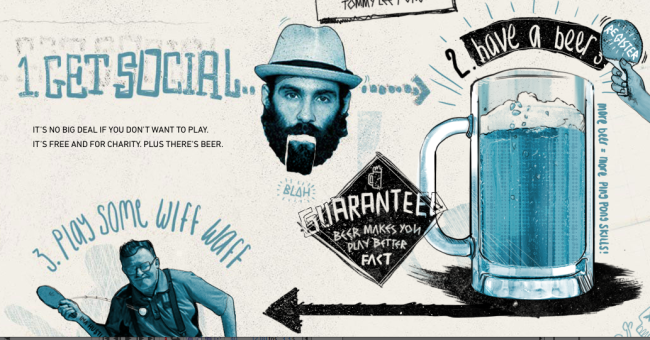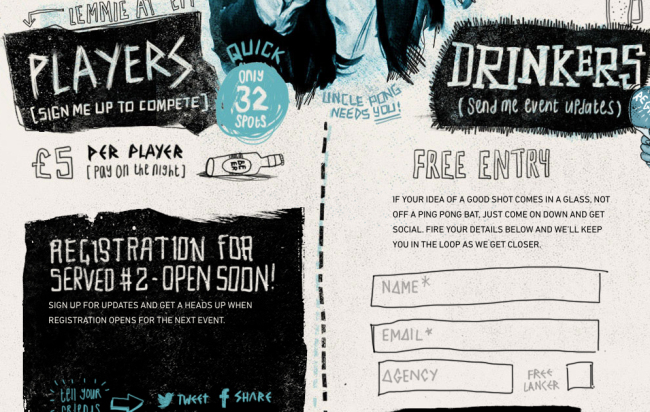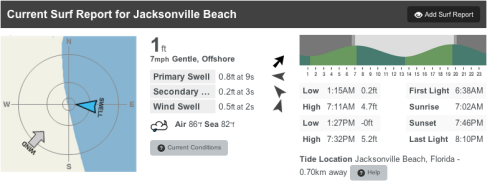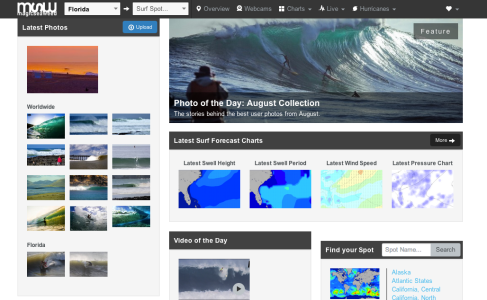Single Page Websites
The Good
The first single page website that I will critique will be, Ian James Cox. His website utilizes a single page website that has a heavy use of illustration. It appears to be more complex at first, but is in fact based upon up and down scrolling on a single page.
Visit Ian’s Website Here!
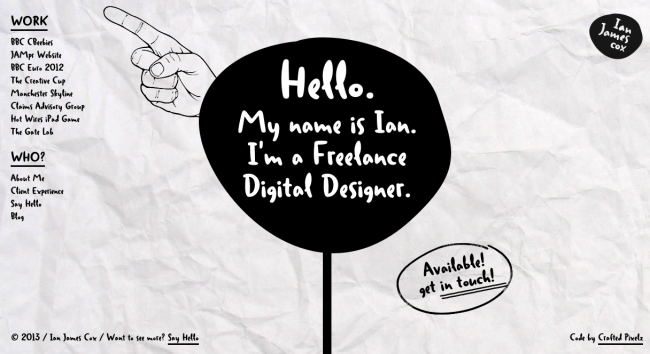
This site starts off with a short introduction to himself, where he states his profession as a Freelance Digital Designer. On the left side of the page, there is a fixed navigation bar. He also includes credits, and a home section which are also fixed, and do not move.. The navigation bar is separated into two sections. The “Work” section, and a “Who” section. This nav bar appears at the same spot no matter where on the page you are.
As you scroll down or up the page, the user is guided down a black line. The line curves at some sections and makes it appear as if you are moving sideways.
The line leads you to different sections of the page. The section that are featured, are each one of his works that are listed in the nav bar. It is not necessary to scroll all the way. You can click any of the works in the nav to jump to that section.

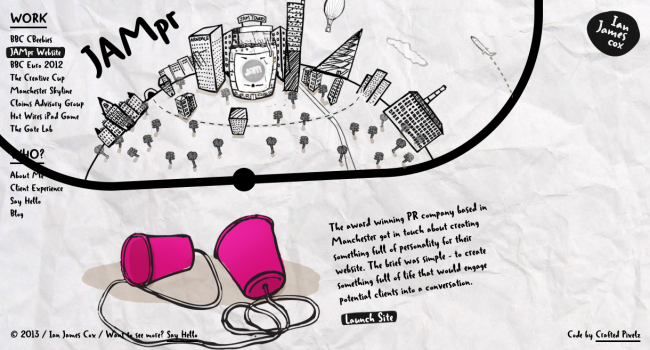
After the Last featured work section, you get to the “Who?” section. Here Ian gives you a little bit about himself and his skills. And also offers a little interactive piece that allows you to give Ian a shake by clicking on the illustration.
His client experience is displayed, as well as the contact section. He offers an illustration that is interactive. You click right there and type your name, email and message. I think this is a good single page website for many reasons. First of all, It is straight to the point, without including unneeded information. It has a mostly black and white theme, with hints of color in certain objects or his featured work. The site is built very well and works how it should. The only thing I do not like about this site, is the fact that it takes a decent bit of scrolling between sections.
The Bad
The next page I will critique will be Pusulaweb. This site is an interactive single page website.
Visit Pusulaweb Here! http://www.pusulaweb.com/default.html
The web site consists of a picture of an island, where all the navigation is placed on. There is no scrolling, instead there are little speech bubbles over each section of the page. Once you click on the section you want, the page moves up and looks as if you are going under water.
I don’t have motion sickness or anything but this almost gives me nausea. As the site moves down it motives up and down as if it were settling in the water. This is terrible! This site, as I said, does not scroll what so ever. Once in a section, you must click the back button to go back. This site is not a good example of single page design. Although it might be a single page, it does not appear to be so. None of the sections are accessible from each other. You must click into a page, then click back to get back to the homepage. So it’s kind of just like having a six page website.
The Artist
Atmosphere
The artist I chose for my exercise 4 is Atmosphere. Atmosphere is a hip hop rap group from Minneapolis, Minnesota that consists of the main rapper Slug (Sean Daley) and DJ/Producer Ant (Anthony Davis). Atmosphere does not have their own personal website, but their Record Company Rhymesayers has a website that features all their artists. Each of the featuring artists have a single page dedicated to them.
The artist pages consist of a header section with a picture of the group. Under this section there is a two column layout. This layout has potential to be useful, but for this is not so much. The reason for this is some of the sections within the two columns are much longer than others. This results in a bad way of managing space.
The sections consist of News, Video, Coming Soon, Events, and Artist Info. At the bottom, the section on the right extends far past any other section. This results in have a page of negative space to the left of the column for the whole length of the page at some sections.
The color palate works well for this site. It consists of black background, with white sections. The “view all”, and links are all in orange and white. These colors work well for this artist, because of the main picture at the top. They use a black and white image of the two. So the colors used compliment the picture.
